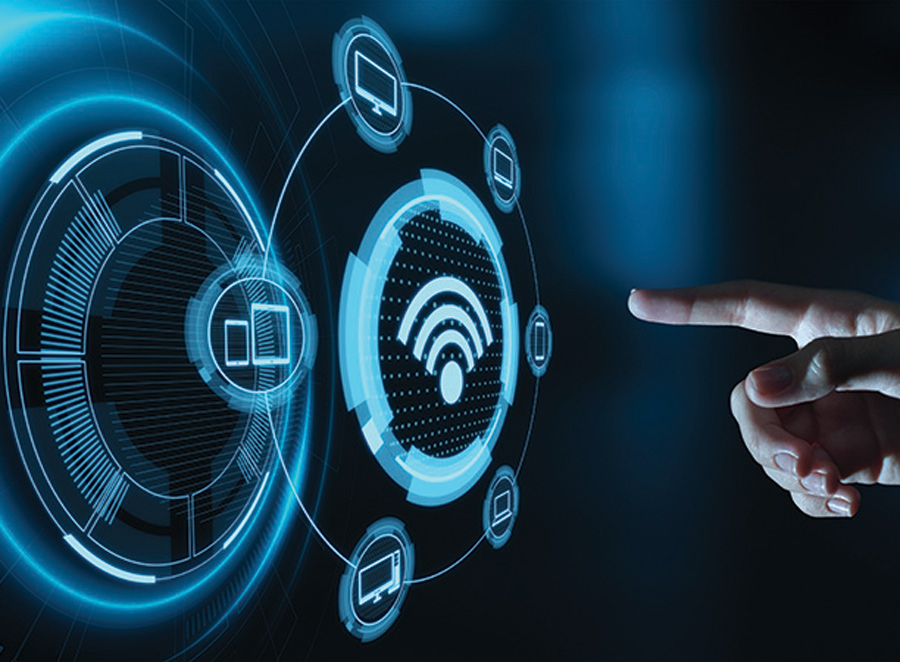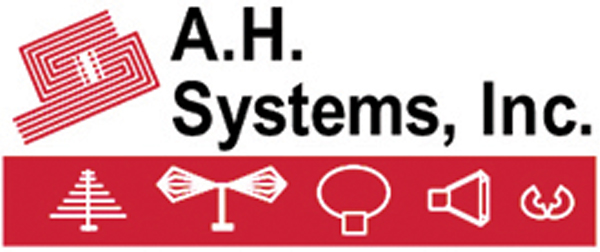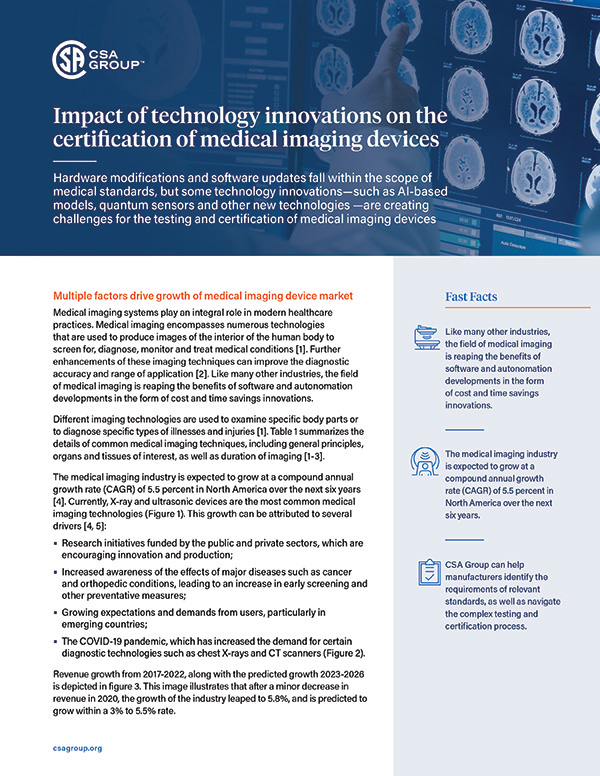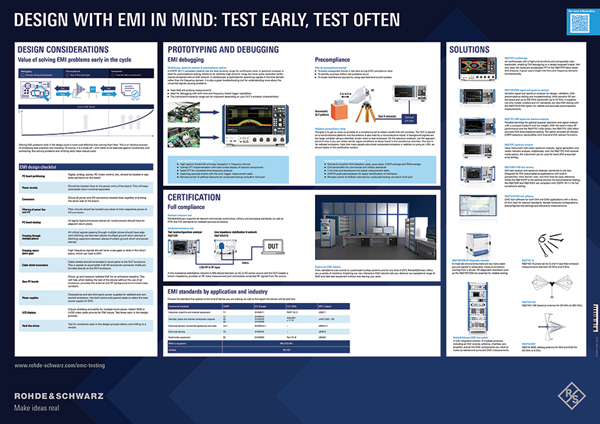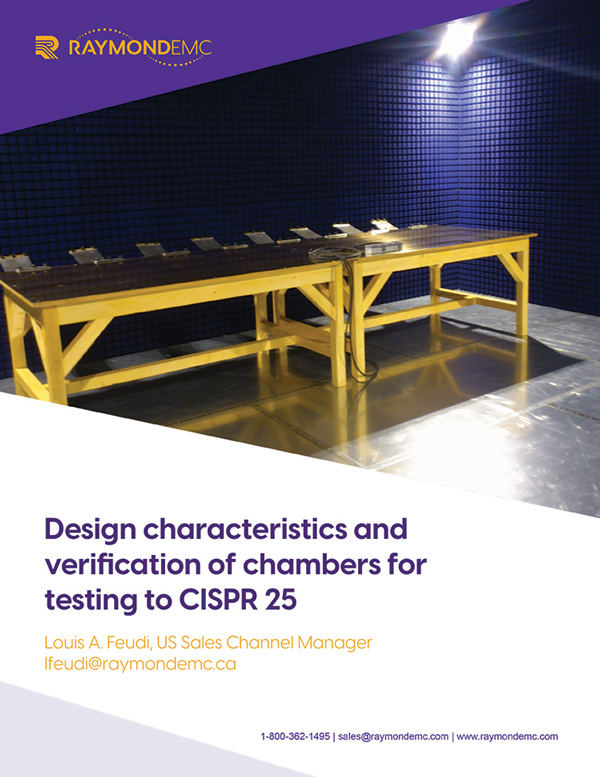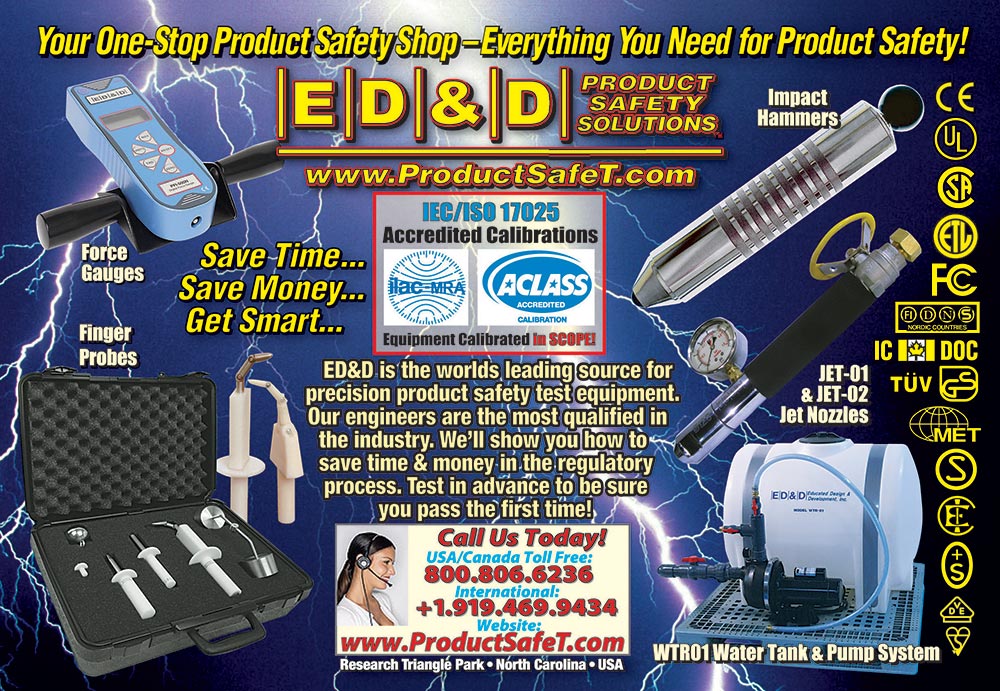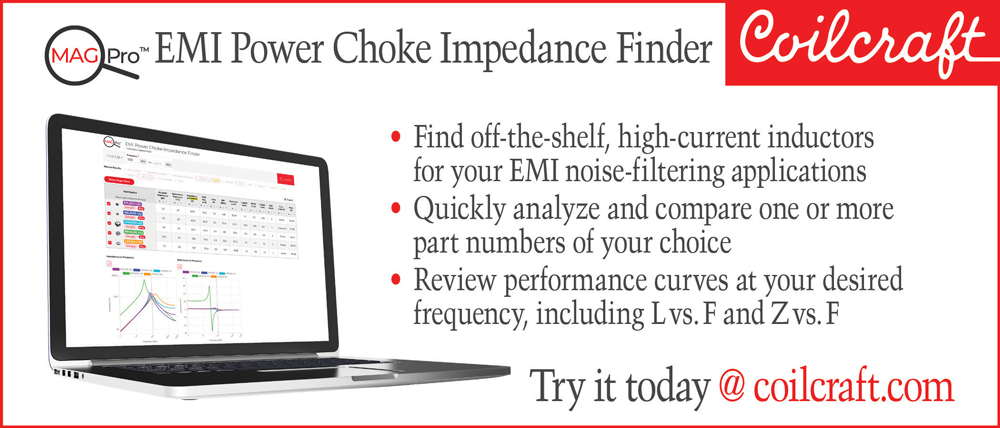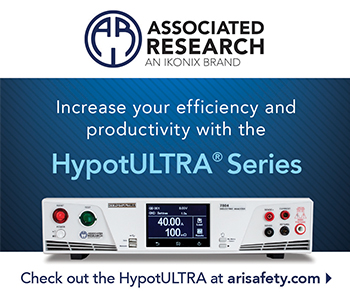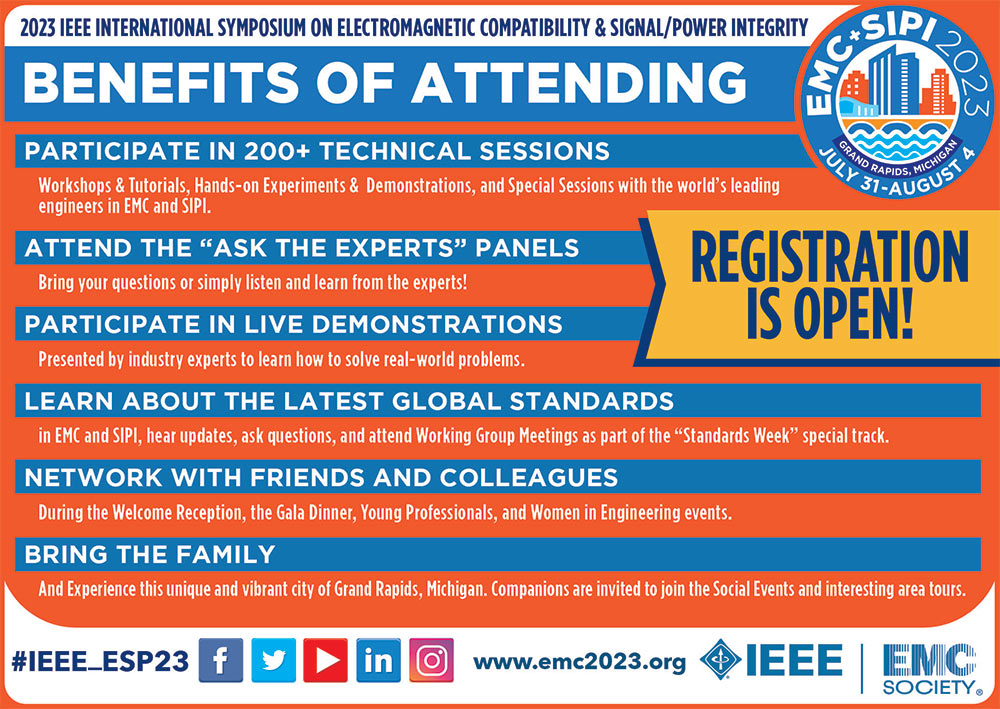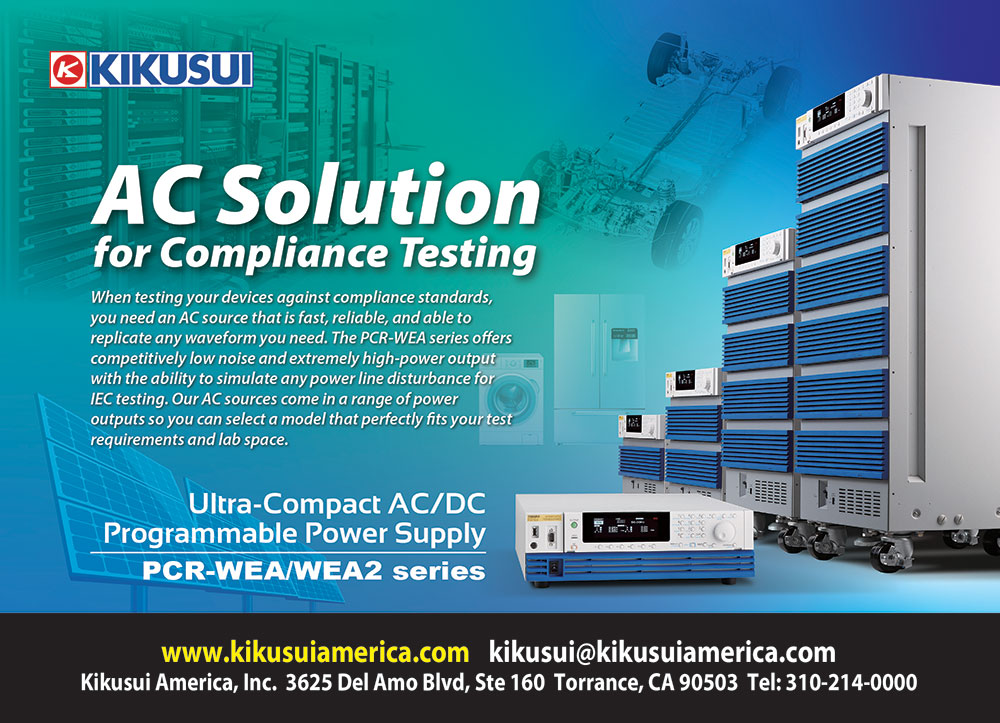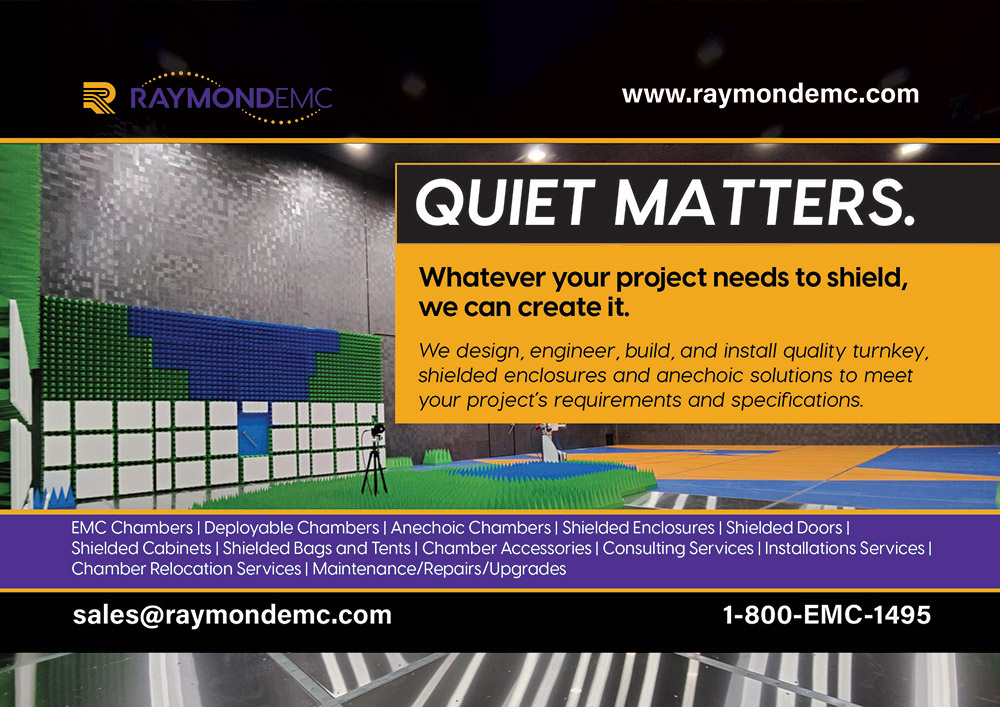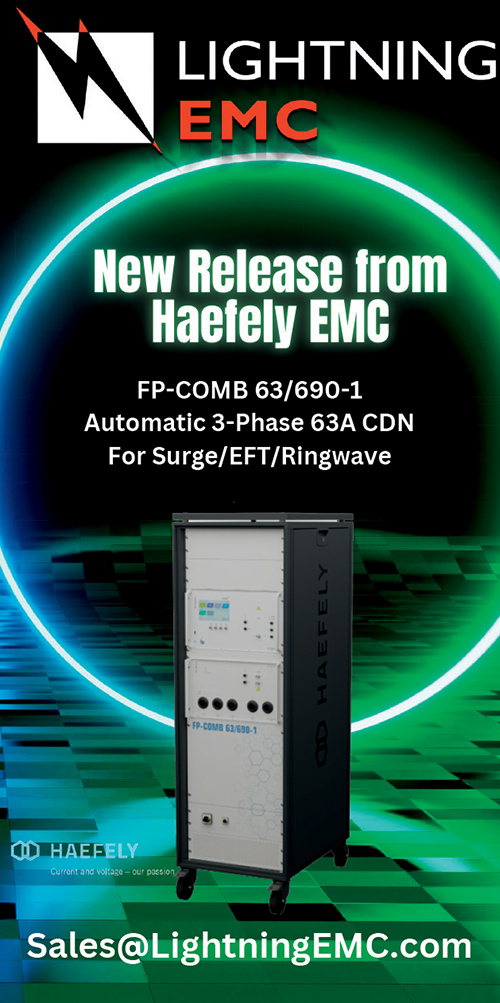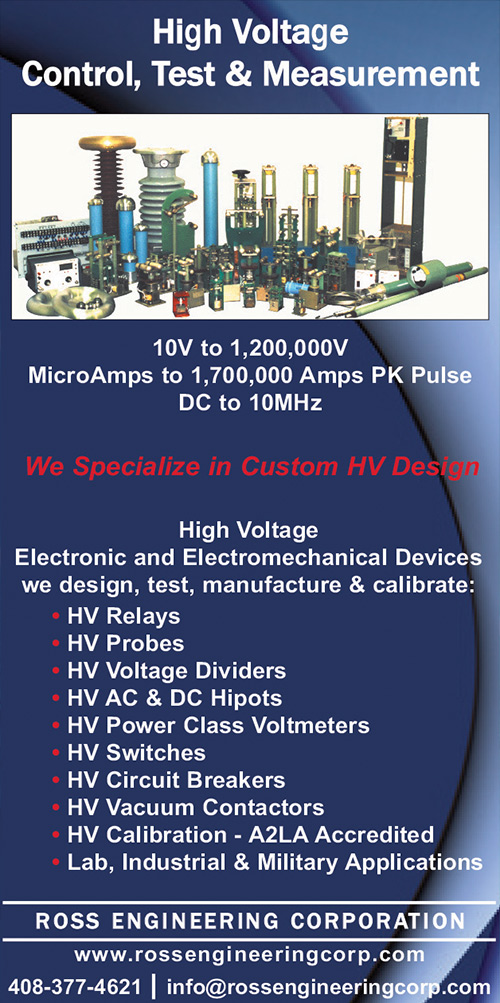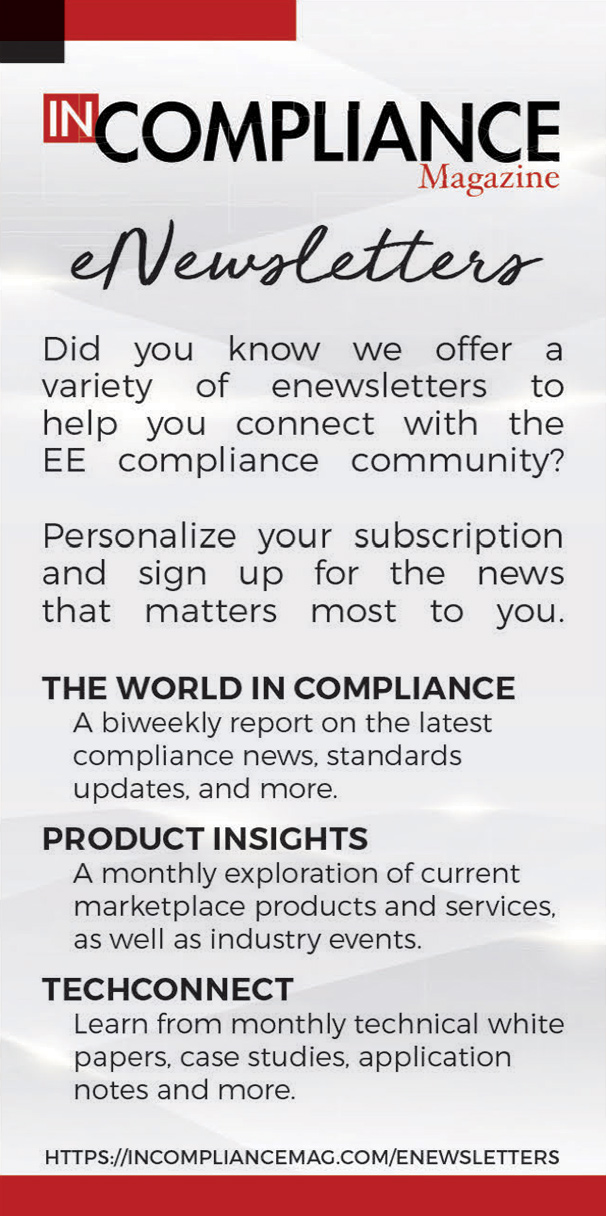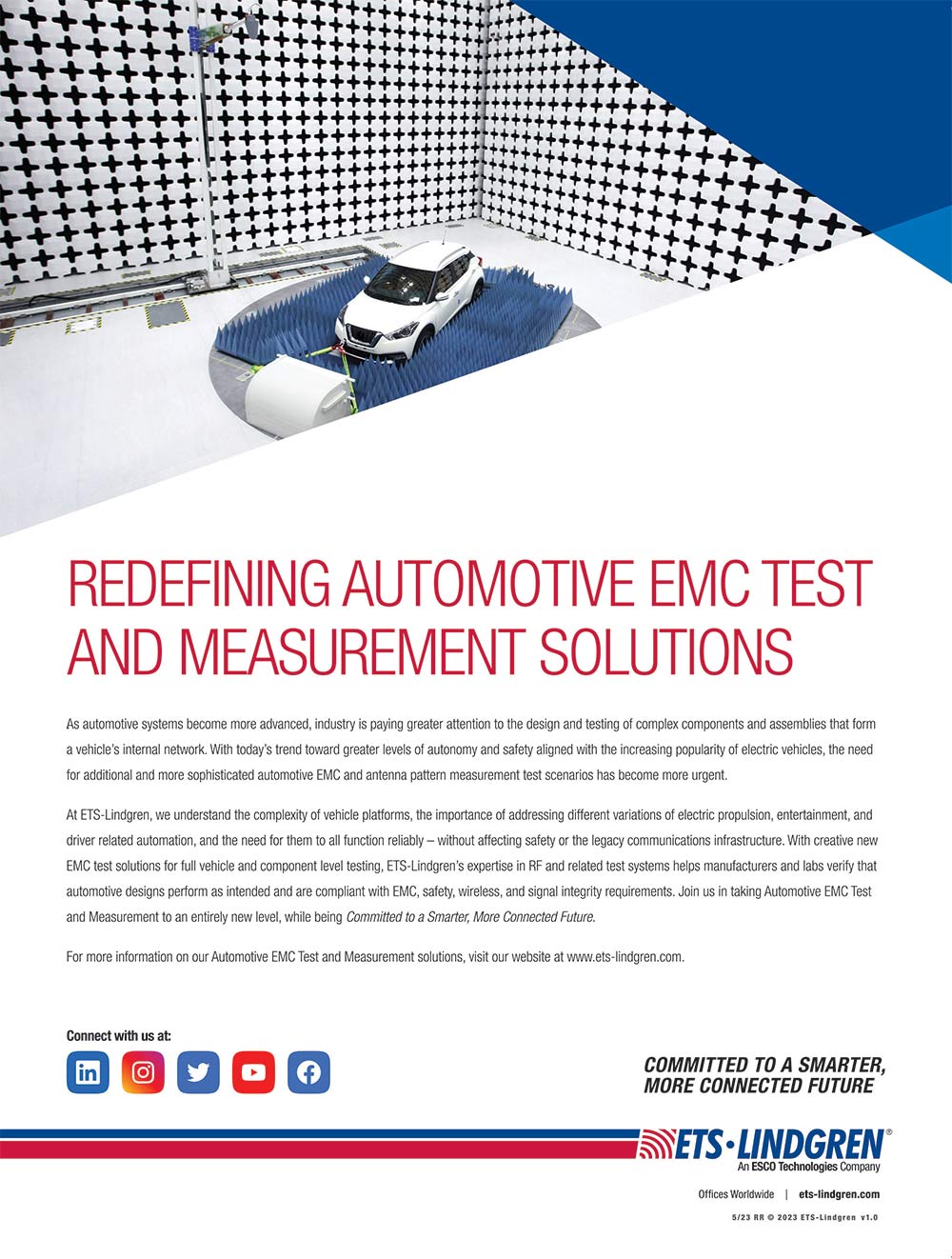
The Future of Wi-Fi
CPSC Gets Aggressive About Failure to Report
The Future of Wi-Fi
CPSC Gets Aggressive About Failure to Report
Ever Thought Possible
Or contact us at info@arworld.us & 215.723.8181
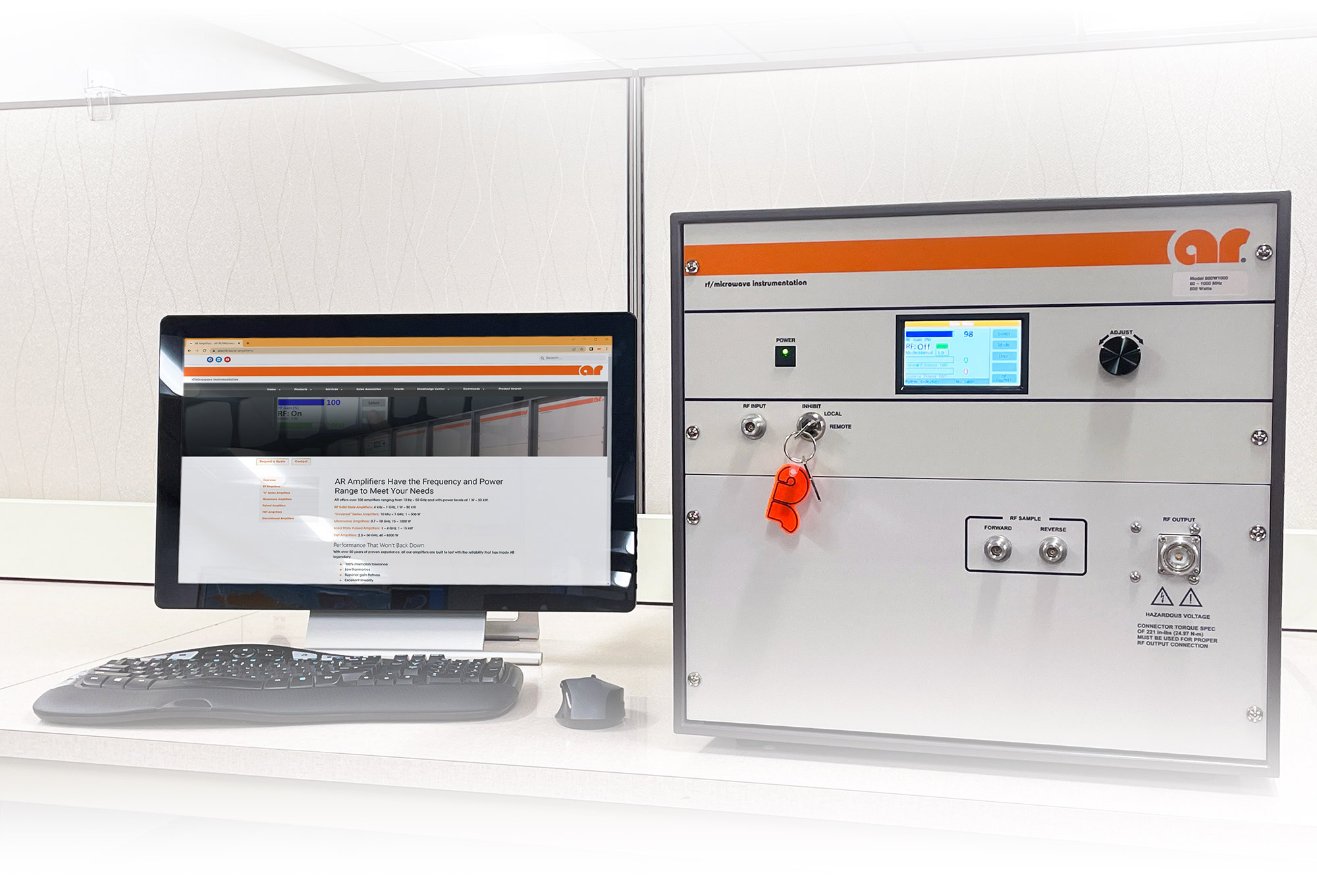

ISSN 1948-8254 (print)
ISSN 1948-8262 (online)
is published by
Same Page Publishing Inc.
451 King Street, #458
Littleton, MA 01460
tel: (978) 486-4684
fax: (978) 486-4691
©Copyright 2023 Same Page Publishing, Inc. all rights reserved
Contents may not be reproduced in any form without the prior consent of the publisher.
While every attempt is made to provide accurate information, neither the publisher nor the authors accept any liability for errors or omissions.
publisher
bruce@brucearch.com
keith.armstrong@
cherryclough.com
Leo@EisnerSafety.com
dgerke@emiguru.com
ken.javor@emcompliance.com
kenrossesq@gmail.com
wernerschaefer@comcast.net
Subscriptions outside North America are $129 for 12 issues. The digital edition is free.
Please contact our circulation department at circulation@incompliancemag.com

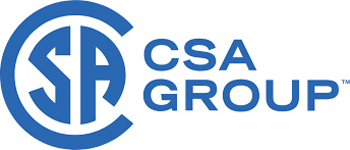

In a Report and Order, the Commission has listed four new standards that can be used by FCC-recognized accredited laboratories to evaluate equipment for conformity with FCC requirements.
The FCC’s Report and Order also includes a number of changes to currently referenced standards, mostly addressing obsolete references. The complete list of the additions and changes is in Appendix A of the Report and Order.
in Planes, Trains, and Automobiles (and Ships and Spaceships, as well)

Exodus
the Rest
industry firsts
with our frequency
& power capabilities

1.0-18.0GHz, 100W, 200W, 300W, 500W…
1.0-40.0GHz, as well and for the 18.0-40.0GHz range 40W, 100W, 200W
can do this anywhere!!!
702-534-6564 • www.exoduscomm.com • sales@exoduscomm.com

he trend toward society’s “smart‑electrification” is driving the need for ESD immunity at the system-level. IEC 61000‑4‑2 [1] defines how to perform the electrostatic discharge immunity test at the system level. Until about 15 years ago, protecting against such events involved implementing ad-hoc ESD protections (TVS – transient voltage suppressors) at board/system-level in proximity to the connectors interfacing with the “external world.”
However, a new trend of implementing system-level robustness at the component level (i.e., on-chip) is quickly becoming standard practice, mainly stemming from the desire to reduce system/board design costs.
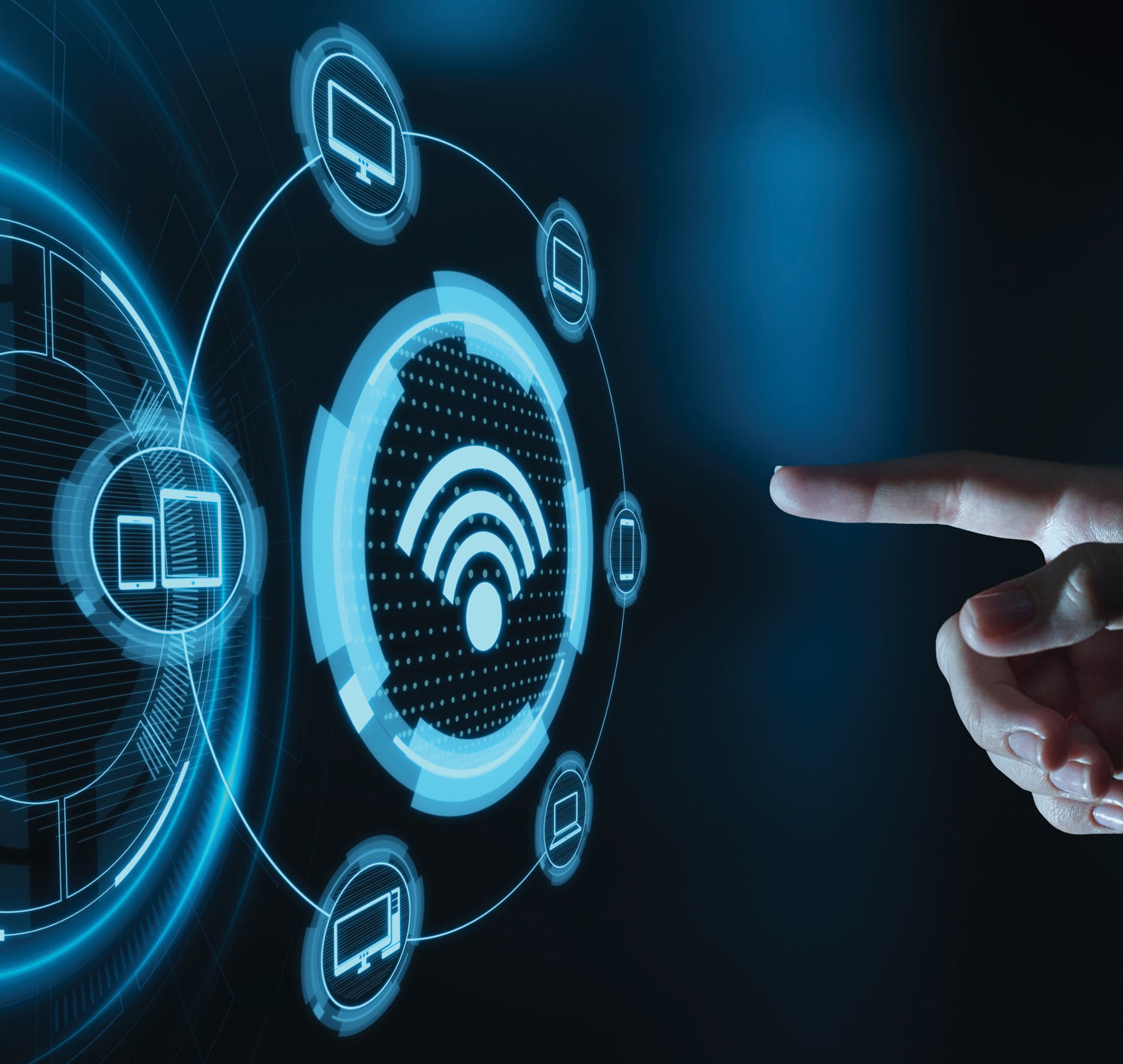
i‑Fi technology is based on the IEEE 802.11TM series of wireless connectivity standards that have revolutionized how we communicate and access information. Today, billions of Wi‑Fi-enabled devices are in use worldwide, dramatically impacting how individuals, businesses, government agencies, and societies interact. It is no exaggeration to say that the IEEE 802.11 series of standards has significantly supported the deployment of high-quality global communications Wi‑Fi technologies through inexpensive, equitable internet access.
Since its debut 25 years ago, Wi‑Fi has played a vital role in helping us be connected at home, work, and in public places. You may recall a time when Wi‑Fi wasn’t so readily available, but today we expect a standard level of connectivity wherever we go – even in large outdoor spaces such as parks and baseball stadiums. Typical of technology, the earliest versions of Wi‑Fi were considered slow by today’s standards and its use was more limited. Today, we now use an enormous number of Wi‑Fi-enabled devices – computers, smartphones, game consoles, health/fitness devices, and much more – for productivity, organization, entertainment, health, and even security.

he most important responsibility of any manufacturer or product seller under the Consumer Product Safety Act (CPSA) is to report product safety issues to the U.S. Consumer Product Safety Commission (CPSC) that meet the statutory requirements under the Act.
In the last few years, the compliance staff of the CPSC has reached settlements with a number of companies over allegations that they failed to either report relevant product safety issues or failed to report them in a timely manner. These settlements included significant civil penalties. Before I describe some of the specific allegations in these matters, I want to describe the reporting requirements.
his is the second of the three articles devoted to the topic of a Smith Chart. The previous article, [1], introduced the concept of normalized load impedance and concluded with two equations describing the resistance and reactance circles. This article explains the creation of the resistance and reactance circles which are the basis of the graphical operations on the Smith Chart, like the one shown in Figure 1 [2].
The next two sections discuss the resistance and reactance circles and are based on the material presented in [3].
harged device events are by far the leading cause of electrostatic discharge (ESD) damage in modern electronics manufacturing facilities. If an integrated circuit contacts a conducting surface at a different potential, there is a discharge of current. Due to very low inductance and low resistance the discharge is very fast, often less than a nano second, but the currents can be up to several amps. Integrated circuits are required to have a certain level of robustness against charged device events to make them manufacturable. Charged device event robustness is measured using the charged device model (CDM) described in ANSI/JEDEC/ESDA JS-002-2022 [1]. In February 2021 Charvaka Duvvury and Alan Righter published an article in In Compliance Magazine outlining trends in CDM target levels and CDM testing [2]. Since that time, the Industry Council on ESD Target Levels released Version 3 of their white paper “A Case for Lowering Component-level CDM ESD Specifications and Requirements” (WP2 Version 3) [3]. This article provides an update on the trends discussed in the Duvvury and Righter article with insight from WP2 Version 3.
Four Useful Tips for Using Affordable Benchtop Spectrum Analyzers
ver the past few years, several equipment manufacturers have launched affordable benchtop spectrum analyzers that are useful for several aspects of EMI troubleshooting and pre-compliance work. These units are often priced between $1000 and $3000 (USD), depending on the frequency range and model types. In addition, some models include a few paid add-on options, such as a tracking generator, EMI filter, reflection loss bridge, etc. Among these options, the tracking generator and EMI filter are worth having if you do pre-compliance EMI work.
Wyatt has many blog articles on this subject including [1], and his “EMC Troubleshooting Trilogy” presents guidelines for selecting a spectrum analyzer. Another useful resource is Mayerhofer’s “How to correctly use spectrum analyzers for EMC pre-compliance tests” [3]. Engineers can check out these articles (including the manufacturers’ application notes) to familiarize themselves with a spectrum analyzer’s basic and advanced functions.
View Index
2023 IEEE International Symposium on Product Compliance Engineering
May 16-19
Applying Practical EMI Design & Troubleshooting Techniques
Advanced Printed Circuit Board Design for EMC + SI
Mechanical Design for EMC
May 16-17
EMC and Compliance International Exhibition and Training
May 22-25
2023 Joint Asia-Pacific Symposium on EMC (APEMC) and International Conference on EMI & C (INCEMIC)
May 22-25
2023 International Instrumentation and Measurement Technology Conference (I2MTC)
May 23
Annual Chicago IEEE EMC MiniSymposium
EMC Fest 2023
June 11-16
IEEE International Microwave Symposium (IMS)
June 20-22
Sensors Expo & Conference
July 10-13
Military Standard 810 (MIL-STD-810) Test Training
July 23-28
IEEE International Symposium on Antennas and Propogation & USNC-URSI Radio Science Meeting
July 31-August 4
IEEE EMC+SIPI 2023










